The lat pulldown is a staple exercise in any comprehensive strength training program. Lat pull downs primarily target the latissimus dorsi muscles, those large muscles in your back responsible for that coveted V-taper physique. However, if you’ve ever felt your forearms working hard during this exercise, you’re not alone. Many individuals report feeling unexpected forearm engagement during lat pulldowns.
So, does the lat pulldown work your forearms? Let’s dive into this question and explore how different forearm muscles come into play during the movement.
What is the Lat Pulldown?
Before we delve into how forearms are involved, it’s important to briefly revisit the lat pulldown itself. Performed using a cable machine and a lat pulldown bar, this exercise focuses on pulling the bar down to engage the muscles in your back. While lat pulldowns and pull ups both target the back muscles, pull ups are performed using a bar or ring and are effective for strengthening the forearms, contributing to muscle strength and endurance. Here’s how you should execute it properly:
-
Set up the machine: Sit at the lat pulldown machine and secure your thighs under the pads.
-
Grip the bar: Grab the bar with your hands slightly wider than shoulder-width apart, palms facing forward (pronated grip).
-
Posture: Keep your chest up and shoulders relaxed, maintaining an upright posture.
-
Pull: Draw the bar down towards your upper chest while focusing on squeezing your shoulder blades together.
-
Control: Slowly return the bar to the starting position in a controlled manner.
Muscles Worked During Lat Pulldowns
Lat pulldowns are a powerhouse exercise primarily targeting the latissimus dorsi muscles, the largest muscles in your back. These muscles are crucial for shoulder extension, adduction, and rotation, contributing significantly to that sought-after V-taper physique. But the benefits don’t stop there. Lat pulldowns also engage several other muscle groups, making it a comprehensive upper-body workout.
The teres major, located in the upper back, works alongside the latissimus dorsi to adduct the shoulder joint. Meanwhile, the rhomboids, nestled in the middle back, play a vital role in stabilizing the scapula. The trapezius, another key player, helps elevate the scapula, adding to the overall stability and strength of your upper back.
Your arms aren’t left out either. The biceps brachii and brachialis, both situated in the front of the upper arm, assist in flexing the elbow joint, ensuring a smooth and controlled movement. By engaging these muscle groups, lat pulldowns not only enhance your back strength but also contribute to overall upper body development.
How Do Forearms Get Involved?
While the lat pulldown primarily targets your back, your forearms do play a secondary role. Several muscles in the forearm are engaged to stabilize the movement and maintain grip. Here are the key players:
-
Brachioradialis: This is a muscle on the forearm that assists in elbow flexion. During a lat pulldown, especially with a pronated grip, the brachioradialis helps stabilize your arm as you pull the bar down.
-
Flexor Carpi Radialis: This muscle, which controls wrist flexion, activates as you pull the bar down towards your chest. It assists in maintaining a strong grip and managing the movement.
-
Flexor Digitorum Profundus: This muscle aids in finger flexion, helping you maintain a firm grip on the bar, although its involvement is more subtle compared to the brachioradialis.
Incorporating forearm exercises is crucial for developing grip strength and enhancing overall upper body strength.
Why Your Forearms Hurt During Lat Pulldown
Feeling your forearms work during lat pulldowns isn’t necessarily a bad thing, but if you’re noticing excessive fatigue or discomfort, it could be due to the following reasons:
Sticking with the same exercise, such as lat pulldowns, is crucial for better muscle development before moving on to isolation exercises.
Technique Issues
Improper form is one of the most common reasons for feeling the exercise in muscles other than the target group. Proper technique is crucial for engaging the entire body, ensuring that multiple muscle groups are activated simultaneously. Leaning back too much or pulling the bar down at an incorrect angle can shift some of the workload onto your forearms. To avoid this, focus on keeping an upright posture and pulling the bar straight down.
Grip Strength
A tight grip on the bar may lead to premature forearm fatigue. If your grip is too tight, the forearm muscles end up doing more work than they should. Try loosening your grip slightly and focus on pulling the bar with your elbows instead. This technique engages your back more effectively and reduces unnecessary forearm involvement.
Weight Selection
Using a weight that’s too heavy can cause your forearms to work overtime, simply because they need to maintain a strong grip. If you find yourself struggling to hold onto the bar, it’s a sign that you may need to lower the weight. Opt for a manageable load that allows for proper form, and increase it gradually as your strength improves.
Grip Variations
The grip you use can also influence how much your forearms are involved. While the pronated (palms forward) grip is the most common, other variations like a neutral or supinated grip (palms facing you) can shift the emphasis away from your forearms. Try out various grip styles to find the one that is both comfortable and effective for you.
Benefits of Lat Pulldowns
Incorporating lat pulldowns into your workout routine offers a multitude of benefits. First and foremost, they are incredibly effective for developing the latissimus dorsi muscles. Strong lats not only improve your posture but also reduce the risk of back injuries by providing better support and stability to your spine.
Another significant advantage is the increase in grip strength. The lat pulldown exercise requires a firm grip on the bar, which in turn strengthens your forearm muscles. This improvement in grip strength can be beneficial for other exercises and daily activities that require a strong hold.
Lat pulldowns also promote better muscle balance. By strengthening the muscles in your back and shoulders, they help counteract the effects of a sedentary lifestyle, which often leads to muscle imbalances and poor posture. Additionally, lat pulldowns are a low-impact exercise, making them an excellent option for individuals recovering from injuries or those with joint issues. This allows you to build strength without putting undue stress on your joints.
Safety and Precautions
When performing lat pulldowns, safety should always be a top priority to avoid injury and maximize effectiveness. Here are some essential tips to keep in mind:
-
Use a Full Range of Motion: Ensure you’re using a full range of motion to engage the muscles properly and avoid straining your back and shoulders.
-
Avoid Swinging: Keep the movement controlled and avoid swinging the weight. Swinging can put unnecessary strain on your muscles and joints, increasing the risk of injury.
-
Choose the Right Weight: Select a weight that allows you to maintain proper form throughout the exercise. If the weight is too heavy, your form may suffer, leading to potential injuries.
-
Maintain Proper Posture: Avoid arching your back or using momentum to lift the weight. Keep your chest up, shoulders relaxed, and back straight to ensure the correct muscles are being targeted.
-
Warm Up: Always warm up before starting your workout. A proper warm-up prepares your muscles for the exercise, reducing the risk of strains and injuries.
By following these precautions, you can safely perform lat pulldowns and reap the full benefits of this powerful exercise.
Should You Be Concerned About Forearm Engagement?
Feeling your forearms work during a lat pulldown is not necessarily a cause for concern. It’s a natural result of gripping the bar and stabilizing your arms throughout the exercise. However, if you find that your forearms are fatiguing before your back muscles, it may be worth adjusting your form or considering the use of lifting straps to reduce grip fatigue and allow for better focus on the back muscles. Additionally, compound exercises like lat pulldowns engage multiple muscle groups, providing holistic benefits for the entire body.
Conclusion
While the lat pulldown isn’t designed to specifically target the forearms, they do get involved to some extent. Factors like improper form, grip strength, weight selection, and grip variation all contribute to how much work your forearms do during the exercise. To minimize unwanted forearm engagement, focus on perfecting your technique, adjusting your grip, and choosing appropriate weights. With the right approach, you can make sure your lat pulldown primarily benefits your back while keeping forearm involvement to a minimum.


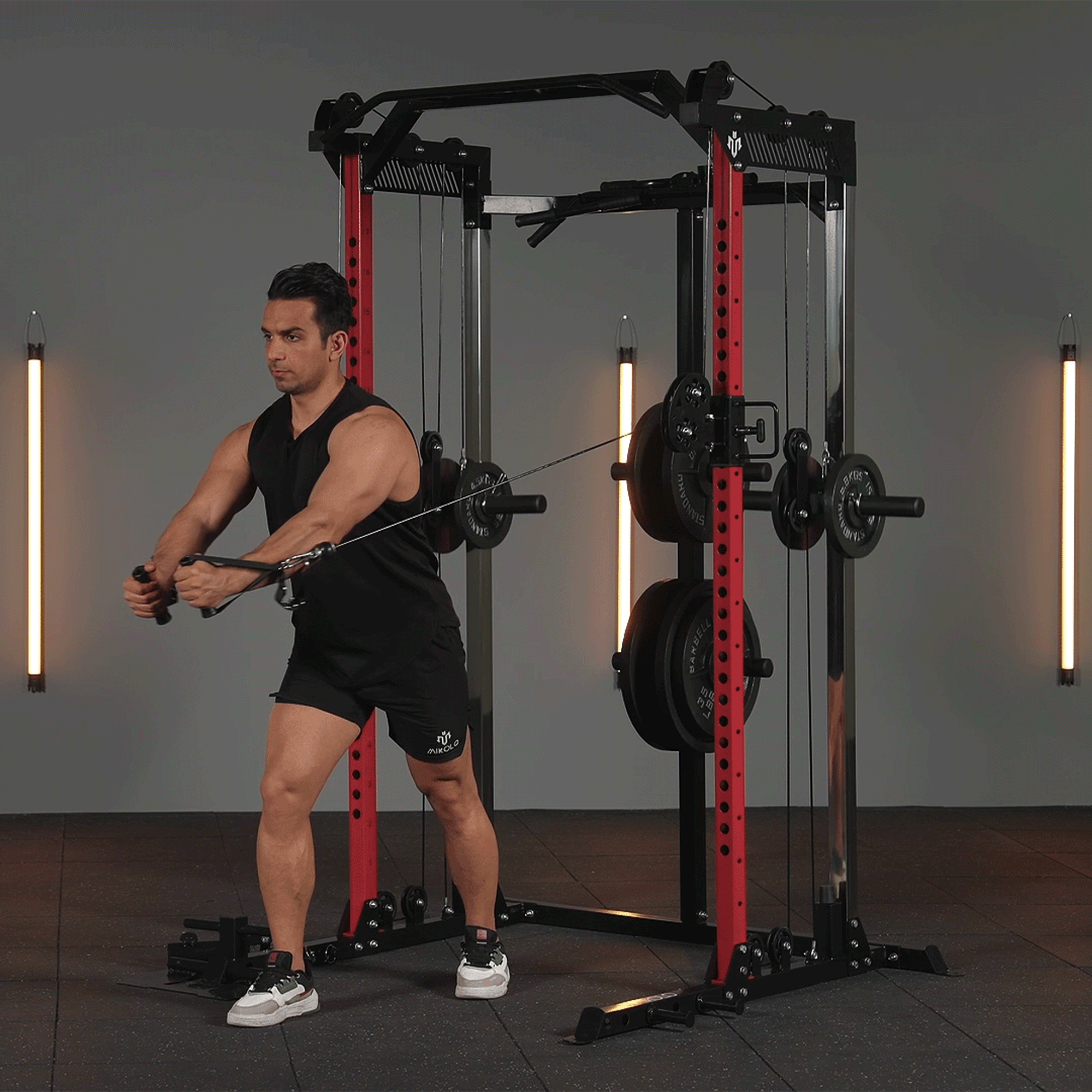


















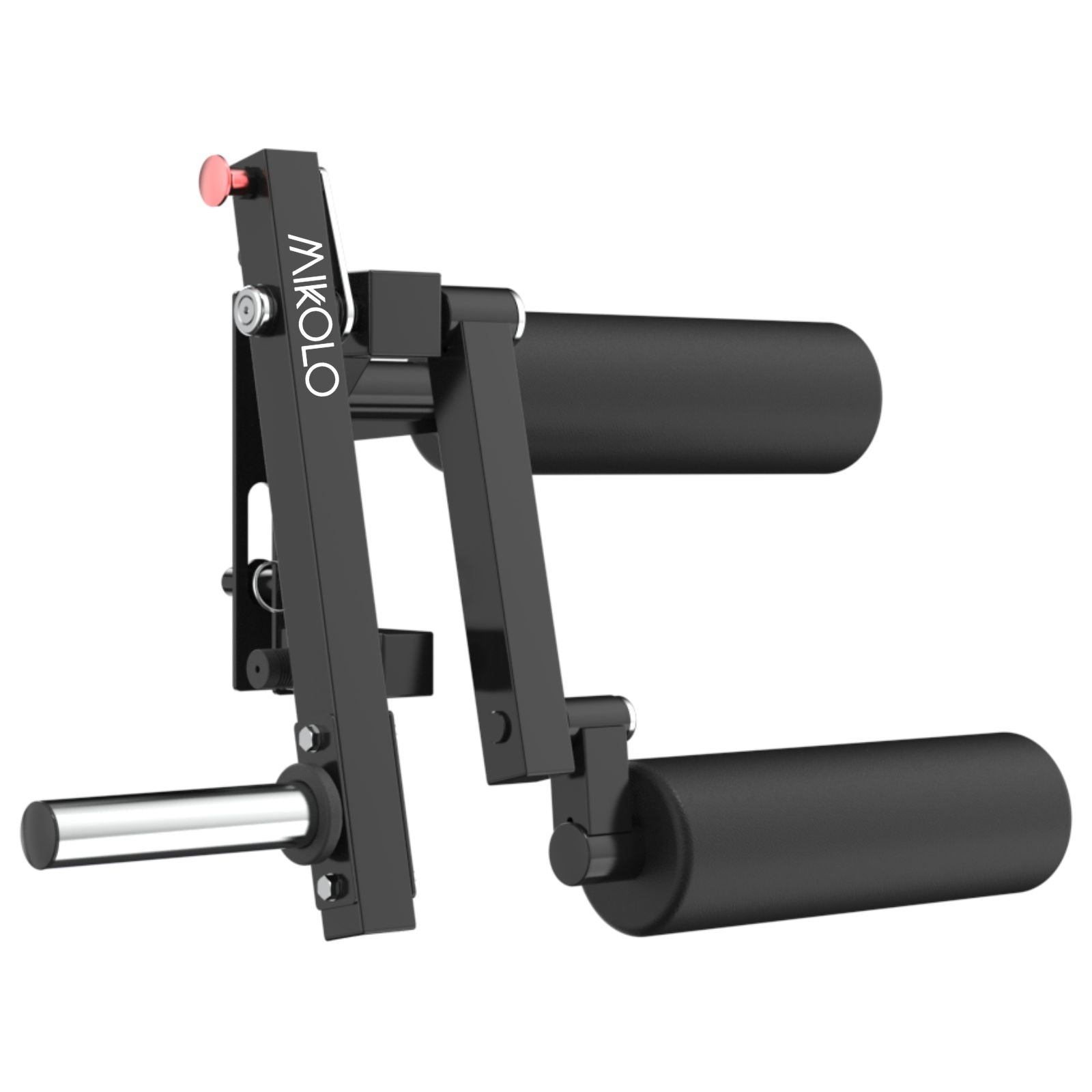















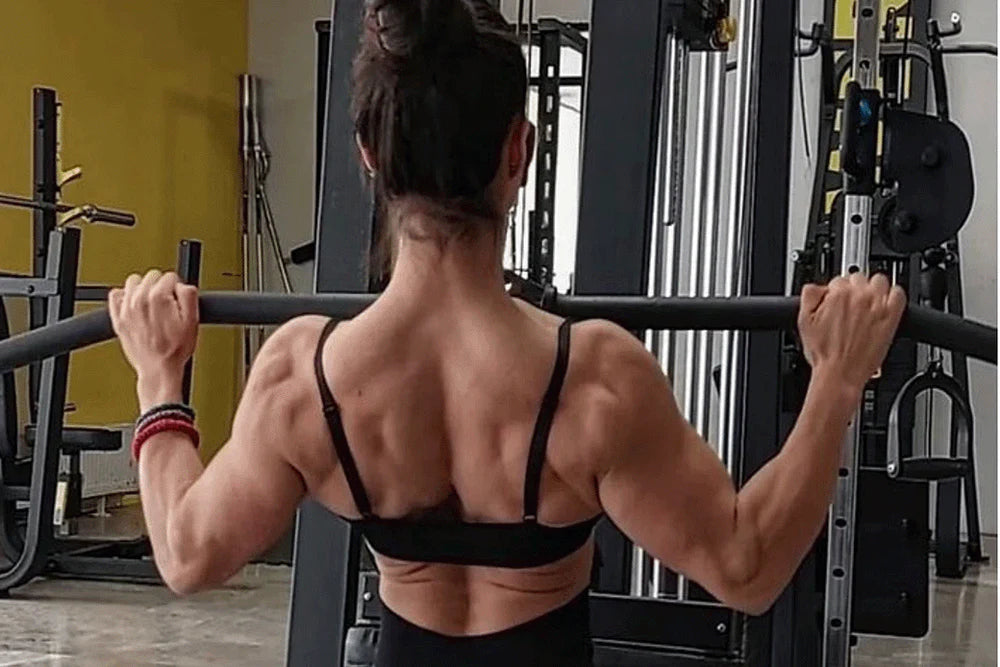
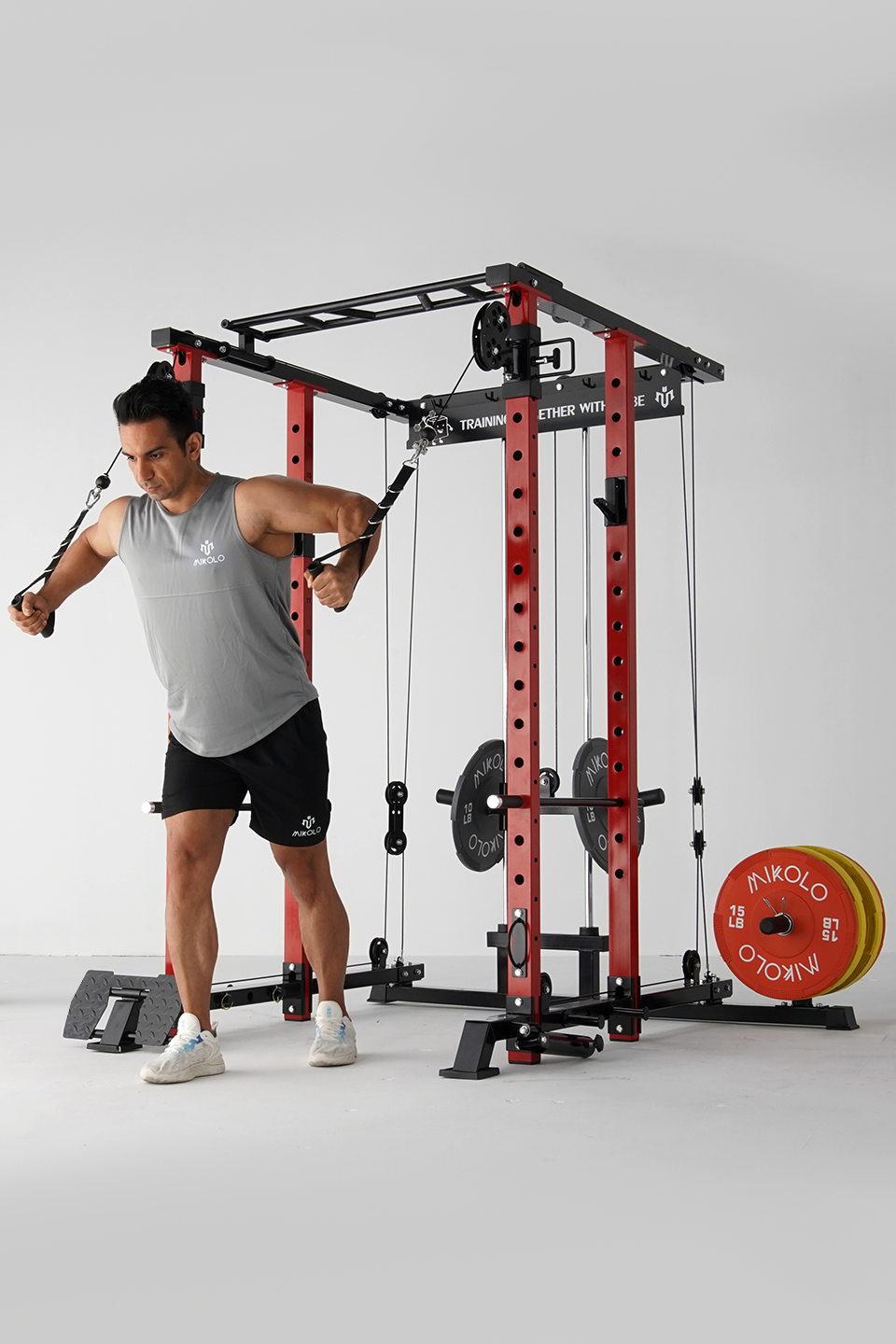
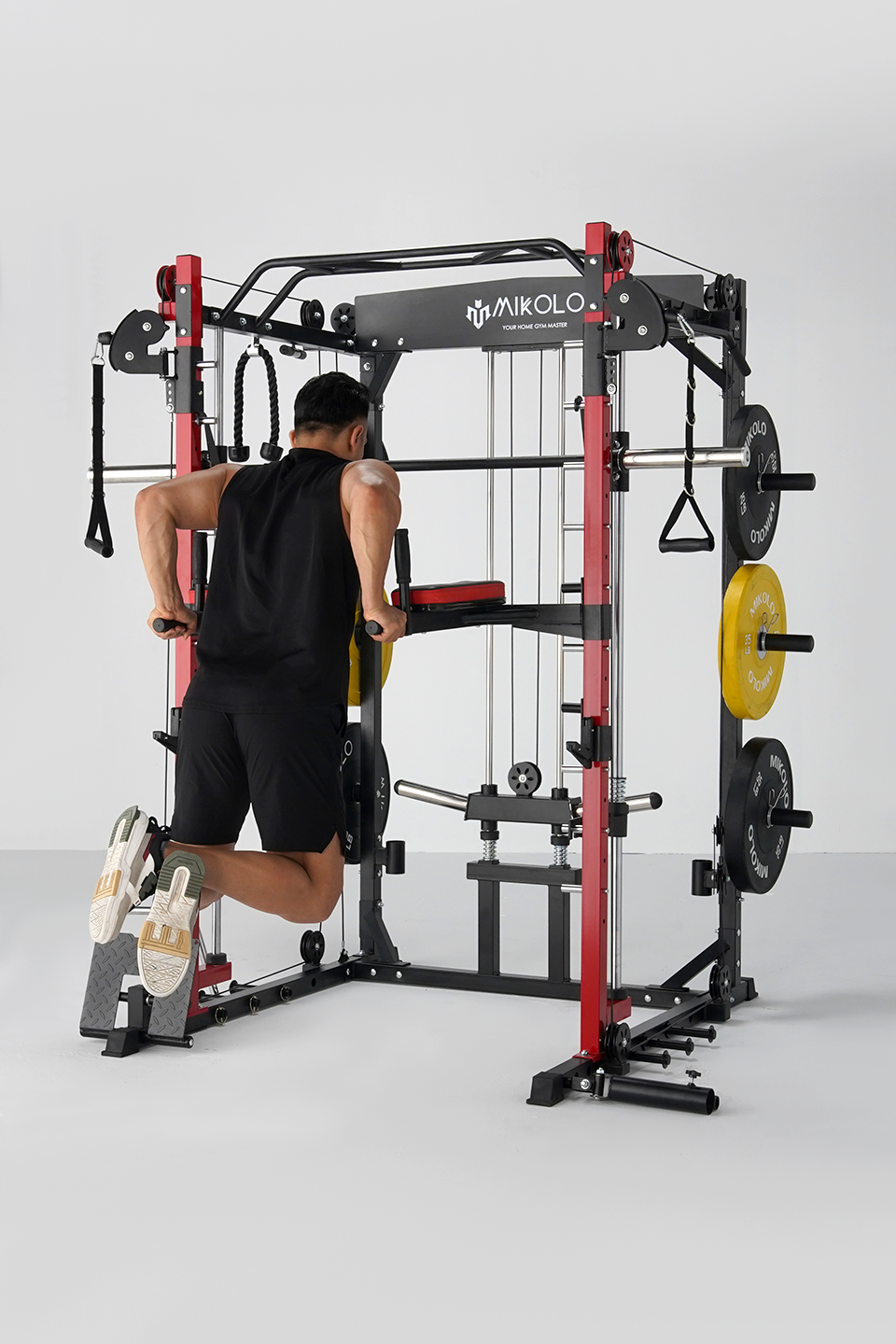


Leave a comment
This site is protected by hCaptcha and the hCaptcha Privacy Policy and Terms of Service apply.